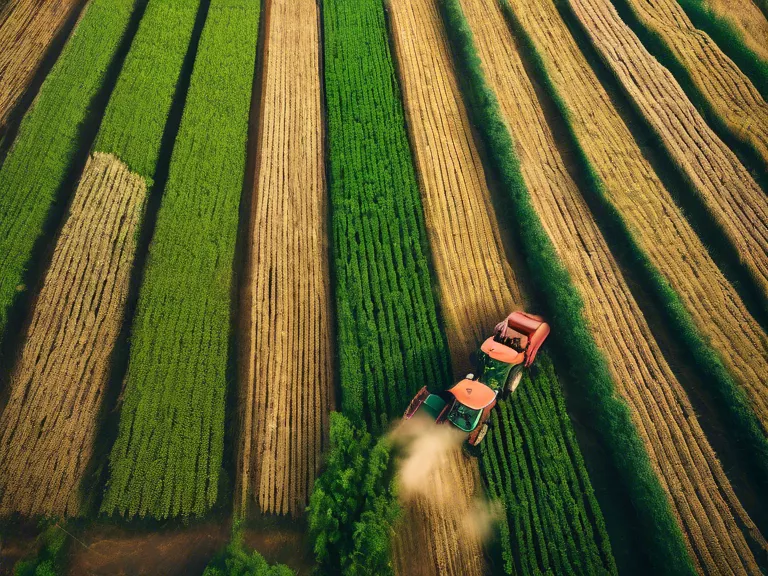
With the growing global population and changing climate conditions, the agricultural sector is facing increased pressure to maximize crop yields while minimizing environmental impact. Predictive artificial intelligence (AI) is emerging as a valuable tool for farmers to achieve this delicate balance. By harnessing the power of data analytics and machine learning algorithms, predictive AI can provide valuable insights for optimizing crop yields and resource utilization in agriculture.
One of the key benefits of predictive AI in agriculture is its ability to analyze vast amounts of data to forecast trends and make informed decisions. By collecting data from various sources such as weather patterns, soil conditions, crop health, and historical yields, predictive AI can generate accurate predictions for crop growth, pest infestations, and optimal planting times. This level of precision allows farmers to adjust their practices in real-time, leading to higher yields and better resource management.
Moreover, predictive AI can also help farmers reduce the environmental impact of their operations. By optimizing the use of inputs such as water, fertilizers, and pesticides, farmers can minimize waste and pollution while maintaining crop productivity. For example, predictive AI can recommend the precise amount of irrigation needed for each field based on weather forecasts and soil moisture levels, thus reducing water usage and runoff.
In addition to optimizing crop yields and minimizing environmental impact, predictive AI can also help farmers mitigate risks and adapt to changing conditions. By providing early warnings for potential issues such as disease outbreaks, pest invasions, or adverse weather events, predictive AI allows farmers to take proactive measures to protect their crops and maximize their chances of a successful harvest.
Overall, predictive AI has the potential to revolutionize the agricultural industry by combining advanced technology with sustainable practices. By harnessing the power of data and algorithms, farmers can optimize their crop yields while minimizing their environmental footprint, ultimately ensuring a more secure and sustainable food supply for future generations.



